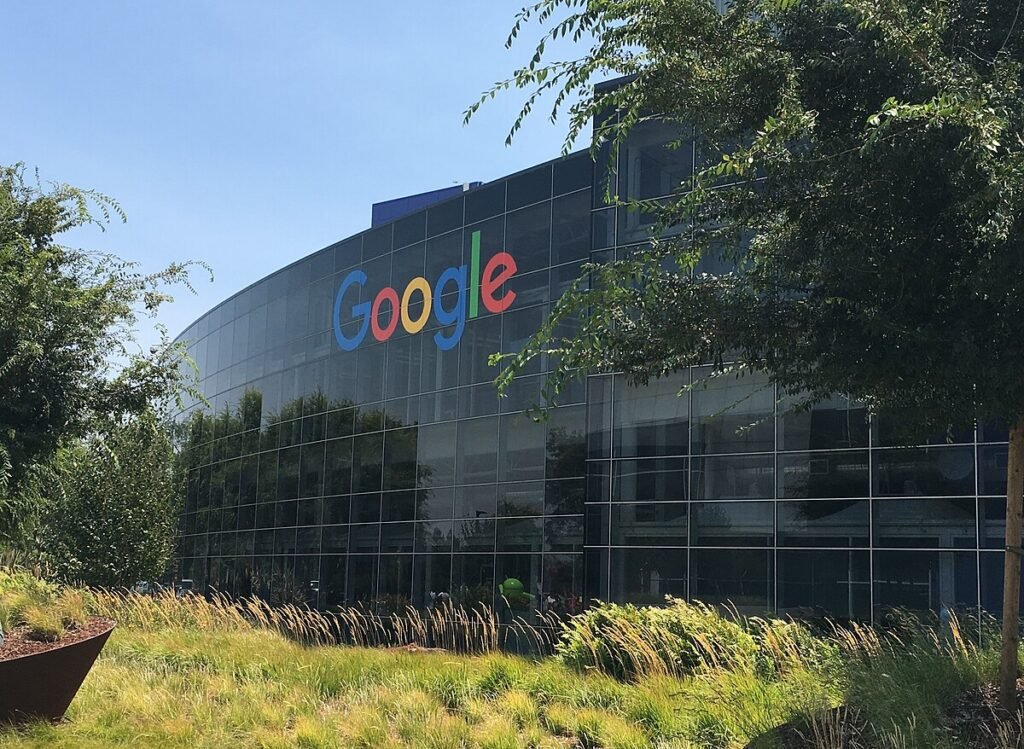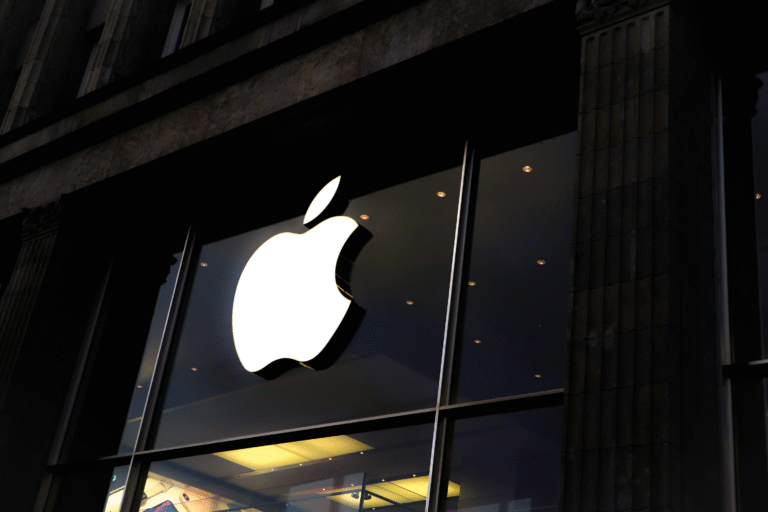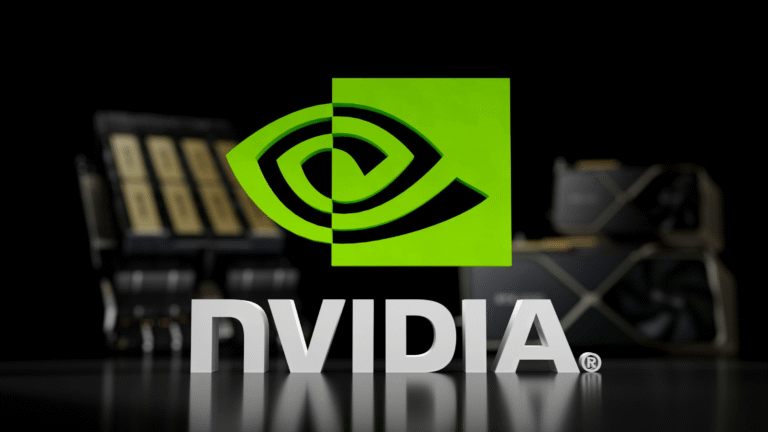Google has revealed a sophisticated AI-driven research aid that can serve as a “co-scientist” intended to accelerate findings and improve the scientific process. The groundbreaking gadget assists scientists in detecting knowledge gaps, developing hypotheses, and finding new areas of scientific inquiry. Alan Karthikesalingam, a Google senior clinician scientist, described the gadget as one that offers scientists “superpowers” in terms of conducting scientific research in a more efficient manner.
The AI co-scientist has already been tested in partnership with institutions like Stanford University, Imperial College London, and Houston Methodist Hospital. The outcomes are encouraging. In one instance, the instrument independently hypothesized a new gene transfer mechanism, which was coincidentally current but unpublished research at Imperial College. This shows the ability of the AI to mimic human scientific thought while cutting by a great extent the amount of time needed for such findings.

Scientists at Stanford used the AI co-scientist to find drugs on the market that might be reused to treat liver fibrosis. The system identified two classes of drugs, each of which panned out when tested further. This use demonstrates how AI can accelerate drug development, a painstaking process that generally takes years.
What makes this AI unique is its design, which is patterned after the scientific method. Rather than functioning as one monolithic model, it is comprised of a set of AI agents, each of which focuses on various phases of research. They cooperate with each other to produce ideas, scrutinize results, and evaluate large sets of scientific literature and data. Consequently, researchers are given ranked lists of research proposals along with explanations and citations that can be developed and pursued further.
This. moment is the culmination of a broader trend as tech firms are heavily investing in AI to propel advances in medicine, energy, and other sectors. For instance, Google’s AI arm, DeepMind, has already made headlines with initiatives such as AlphaFold, which efficiently predicts protein structures—a computational breakthrough that has far-reaching implications for drug development.
The AI co-scientist is based on DeepMind’s Gemini 2.0 platform, an advanced multimodal large language model. The state-of-the-art AI architecture enables the system to synthesize, process, and analyze sophisticated scientific data with high accuracy. With the use of Gemini 2.0, the AI co-scientist is capable of helping researchers solve complex scientific problems that would otherwise take years to solve.
Although so capable, this AI is not intended to replace human researchers but support them instead. Scientists continue to be in charge, leading and interpreting the findings while employing AI-derived insights to inform and enrich their work. This preserves creativity and critical thinking—uniquely human attributes—against the backdrop of scientific inquiry.
One of the main benefits of incorporating AI in research is that it can handle the enormous and constantly growing body of scientific literature. With thousands of new research articles being published every day, it is a daunting task for researchers to keep pace with new knowledge. AI applications such as the co-scientist can quickly scan, analyze, and summarize pertinent studies, allowing scientists to make well-informed decisions while concentrating on revolutionary breakthroughs.
In the future, AI-driven scientific instruments have uses beyond biomedical research. The same AI models may be redefined for use in materials science, environmental science, and many other disciplines. Through the automation of mundane data analysis and the formulation of novel hypotheses, AI can speed discoveries across a range of fields and lay the foundation for novel solutions to challenges that face humanity.
However, the rise of AI in research also brings ethical and practical concerns. Ensuring the accuracy of AI-generated hypotheses, maintaining transparency in research, and addressing potential biases in AI models are critical issues that must be carefully managed. Collaboration between AI developers, scientists, and ethicists is essential to navigate these challenges responsibly and maximize AI’s potential in advancing knowledge.
Google’s AI co-scientist is a breakthrough in the integration of artificial intelligence into scientific inquiry. As a virtual research colleague, it enables scientists to work more productively, come up with innovative ideas, and speed up discoveries. With further advancements in AI, its contribution to scientific research will become even more prominent, transforming how discoveries are made and what the limits of human knowledge are.








